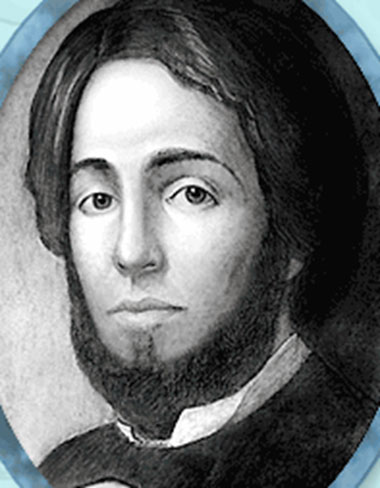Mel Toolkit
In building MEL, we have developed a suite of archival, editorial, and workspace tools in collaboration with Hofstra IT, MIT, Hofstra’s Digital Research Center (DRC), and Performant Software Solutions. Together on one platform, these open-source, user-friendly tools are designed for textual editing (TextLab), content and metadata management (MELCat), OCR, collation, contextual annotation, and publication (Juxta Editions, now updated to FairCopy), mapping over time (Itinerary), and assembling images and texts (the projected Melville ReMix).
Adhering to the standards and protocols of scholarly editing and TEI coding, each tool is designed for interactivity and collaboration. MEL tools follow IIIF standards (devised by the International Interoperable Image Framework) to ensure flexibility and integrity in uploading images for editions and displays, and to ensure sustainability and the lasting reliability of MEL as an online center for Melville studies.
TextLab
MEL’s tool for transcribing manuscript and print texts in revision also generates for each work a base version, diplomatic transcription, and revision sequence & narration annotations. TextLab output is uploaded to Juxta Editions and FairCopy, via GitHub.
MELCat
MEL’s cataloguing and indexing tool enables editors to enter images, texts, and metadata related to Artworks, Persons, Places, Events, Texts, and Maps. Annotations created in Juxta Editions include links to MELCat entries. Users of Itinerary also store data related to map places, routes, and annotations in MELCat.
Juxta Editions / FairCopy
Juxta Editions—Performant Software’s online editing and publishing platform for scholarly editions—has been supplanted by Performant’s upgrade, FairCopy. With it users can upload images, OCR texts, generate TEI-xml coding automatically, collate versions, add textual and contextual notes, and publish HTML transformations of editions to the web, via GitHub. MEL’s version of this platform also uses Annotation Studio technology for adding notes with links to MELCat entries. Like Juxta Editions, FairCopy also uploads manuscript transcriptions and revision annotations from TextLab.
Annotation Studio
Developed at HyperStudio (MIT’s Comparative Media Studies digital lab) as a stage of development leading to Melville ReMix, this tool enables readers to upload text, highlight passages, and compose annotations, individually and in groups, for scholarly and pedagogical projects.
Itinerary
A mapping / timeline / annotation tool, developed by Hofstra’s Digital Research Center, Itinerary enables the editor to upload geo-rectified, historical maps, layer them over a corresponding satellite map, drop pins for places, draw route lines between waypoints and regional polygons, show a sequence of events over time, and annotate places, routes, and regions. The editor can add images of sites, books, and texts (from TextLab) as part of the annotation of a point, route, or area. Users compose “route narratives” to discuss plausible routes from one waypoint to another.
For its editorial mapping projects, MEL editors draw upon texts from MEL’s scholarly edition of Melville’s travel journals to annotate Melville-related maps; conversely, readers of MEL’s edition of the journals will be able to navigate to the Itinerary map project. Though it is still under construction, the project that demonstrates Itinerary’s functionality most fully is Wyn Kelley’s “Melville in London.” For an early, Itinerary prototype project, see “Melville in Rome.” Also in the planning stages is “Melville in New York.”
In the Works
Now affiliated with the University of Chicago’s CEDAR digital initiative, MEL will work with Chicago’s OCHRE Database Service and Performant Software to plan and develop Melville ReMix. Also in storyboards is a critical translation analysis tool.
Melville ReMix
MEL’s proposed workspace, to be located in MEL’s Projects section, will enable MEL users to assemble images and texts and to create exhibits, presentations, classroom projects, and publications.
Translation Tool
A critical thinking tool for comparing translated versions of selected MEL passages. Non-English versions are “back translated” into an English text that is then collated against Melville’s original. Editors can then compose revision narrative annotations to analyze changes in interpretation inherent in the translation. Multiple versions of Melville’s original English in a single non-English language can also be collated, analyzed, and annotated.

 Tool Integration
Wireframe
Tool Integration
Wireframe